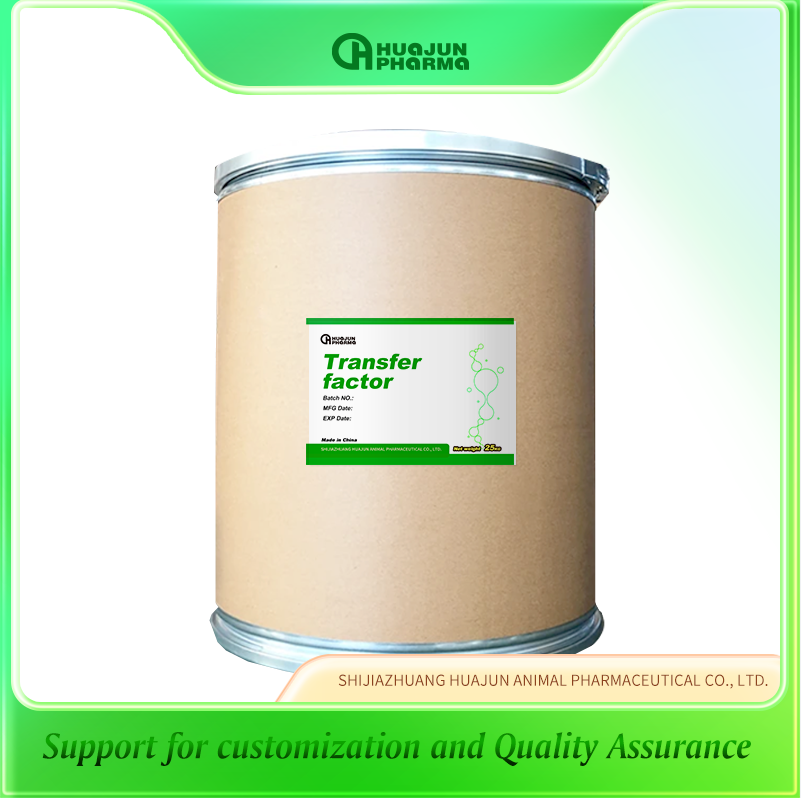
अक्टूबर . 11, 2024 20:21 Back to list
Understanding Erythroderma in China and Its Impact on Patients' Lives
Understanding Erythroderma A Focus on the Chinese Context
Erythroderma, a severe and extensive inflammatory skin condition, is characterized by widespread redness and scaling of the skin. It can affect the entire body surface and may be associated with various underlying diseases, including psoriasis, eczema, and certain types of skin cancer. In the context of China, where traditional medicine coexists with modern medical practices, the approach to diagnosing and treating erythroderma can provide interesting insights into the intersection of these two worlds.
Etiology and Epidemiology
Erythroderma often arises as a complication of a pre-existing skin disease, although it can also present de novo. It can be triggered by several factors, including abrupt withdrawal of systemic corticosteroids, infections, medications, or even underlying malignancies. The prevalence of this condition in China, while not extensively documented, is believed to be rising due to increased awareness and diagnosis of autoimmune conditions and skin diseases.
In particular, psoriasis is one of the most common culprits of erythroderma in China. The high incidence of psoriasis in the population necessitates a better understanding of its potential to escalate into erythrodermic forms. Moreover, factors such as environmental stressors, dietary habits, and genetic predispositions can influence the incidence of skin diseases in different demographics across China.
Clinical Presentation and Diagnosis
Clinically, erythroderma presents with widespread erythema, scaling, and often accompanying systemic symptoms such as fever, chills, or malaise. Patients may experience significant discomfort, itching, and even pain depending on the severity. The diagnosis is primarily clinical and involves a thorough history, including a review of any prior skin conditions, medications, and potential exposures.
In modern medical practice within China, dermatologists utilize various diagnostic tools, such as skin biopsies and laboratory tests, to differentiate erythroderma from similar conditions. Traditional Chinese Medicine (TCM) practitioners, on the other hand, might focus on pulse diagnosis and the examination of the tongue to assess internal imbalances that could manifest as skin disorders.
china erythroderma

Treatment Approaches
Treatment of erythroderma typically requires a multidisciplinary approach, involving both dermatologists and other healthcare providers. The mainstay of therapy may include systemic corticosteroids, immunosuppressants, and phototherapy, depending on the underlying cause. In China, the increasing availability of biologic therapies has transformed the landscape of psoriasis treatment, providing new hope for patients at risk of developing erythroderma.
Simultaneously, TCM offers alternative methods to tackle skin issues through herbal formulations and acupuncture. TCM practitioners believe that the condition can be influenced by factors such as heat and dampness in the body. Therefore, herbal treatments might focus on cooling the body and dispelling excess moisture. This integrative approach can sometimes enhance the overall effectiveness of treatment, particularly for patients who may prefer a holistic perspective.
Challenges and Future Directions
Despite advancements in treatment options, managing erythroderma remains challenging. The societal stigma associated with visible skin conditions may lead to psychological distress for affected individuals, and access to specialized care can be inconsistent, especially in more rural areas of China. Increasing awareness, both among healthcare providers and the general public, is vital to improve patient outcomes.
There is a pressing need for more research into the epidemiology and treatment outcomes of erythroderma within the Chinese population. Collaborative efforts between modern medical institutions and TCM practitioners could pave the way for innovative treatment modalities, combining the strengths of both approaches to create a comprehensive care model.
In summary, erythroderma is a complex condition with multifactorial origins, demanding a nuanced understanding of diagnosis and treatment. By fostering collaboration between traditional and modern medical practices, the healthcare system in China can better address the needs of patients suffering from this challenging affliction, ultimately leading to improved quality of life and enhanced therapeutic outcomes.
-
China Salivation AI with GPT-4 Turbo Features
NewsAug.01,2025
-
Epic Sepsis Factories: AI-Driven Detection with GPT-4 Turbo
NewsJul.31,2025
-
Acute Salpingitis and Oophoritis AI Factory
NewsJul.31,2025
-
Premium China Bacillus Subtilis Supplier & Factory Solutions
NewsJul.30,2025
-
Premium Avermectin Supplier in China | Custom Solutions Available
NewsJul.29,2025
-
China Bacillus Subtilis Supplier - Custom Factory Solutions
NewsJul.29,2025




